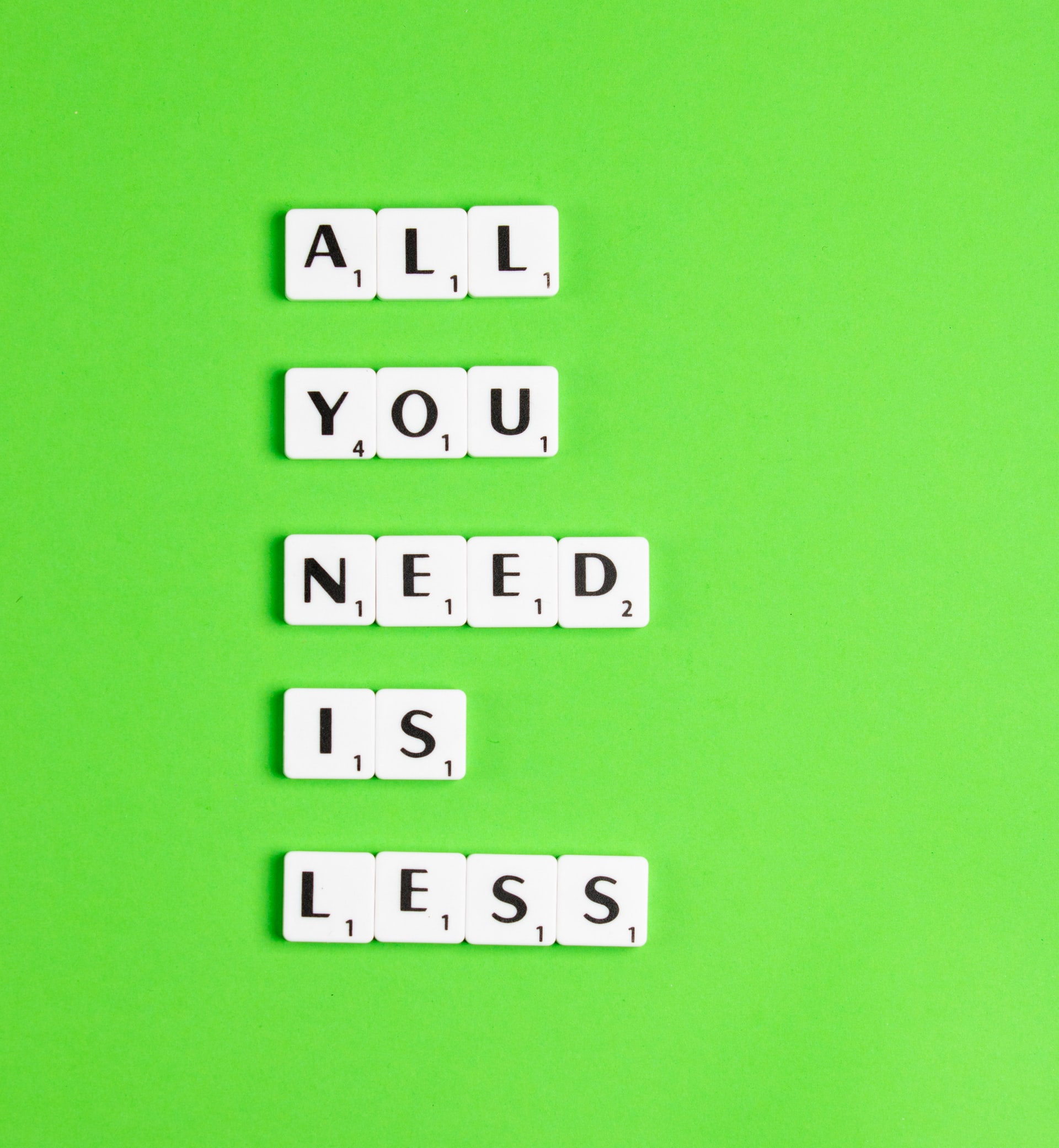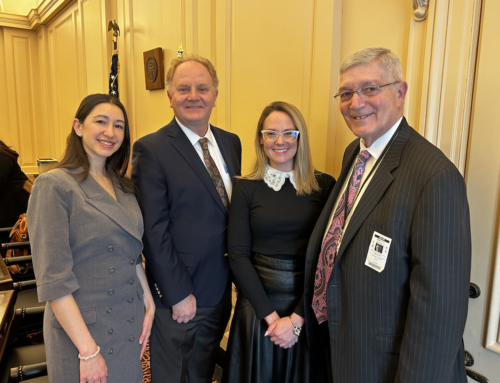Completing sustainability goals in time can be hard when you don’t have a plan for each area of your business. We can help when it comes to your power and gas so you can focus on the other aspects of your business such as material sourcing, vehicular fuel options, and waste management. First, let’s break down some related sustainability terms when it comes to reducing GHG.
Net Zero
Oxford Net Zero defines it as “A state in which the greenhouse gases going into the atmosphere are balanced by removal out of the atmosphere”. Focusing just on energy would mean that however much energy you need to consume, you need to renewably produce the equal amount on site, netting at zero.
Carbon Neutral
Carbon Footprint Ltd defines it as “Carbon Neutral – or Net Zero Carbon – is a term used to describe the state of an entity (such as a company, service, product or event), where the carbon emissions caused by them have been balanced out by funding an equivalent amount of carbon savings elsewhere in the world.”
GHG Reductions
Oxford Net Zero defines it as “Actions that reduce the quantity of GHGs attributable to an actor vis-a-vis a baseline. Examples include: Replacing fossil-burning power with renewable energy, reducing consumption of emissions-intensive products or inputs, avoiding damage to ecological carbon sinks, carbon capture and storage (CCS), avoided emissions from deployment of renewable energy, etc.”
Being in the energy procurement business and working with companies that have aggressive sustainability goals, we help our clients achieve green goals through third-party supply. There are two main ways to offset power and natural gas through procurement – combining retail energy a.k.a. your third-party supply with Renewable Energy Certificates or executing a standalone agreement to purchase RECs matching your usage. Both options offset a buyer’s power usage and help support renewable generation sites.
REC Purchasing Through Third-Party Supply
For locations in deregulated energy markets, you gave the ability to bundle competitive third-party energy supply with a REC program. Take it a step further and bid options for 100% renewably sourced power from local or regional generation sites if you’d like to support more localized green efforts.
Stand-Alone REC Agreement
Choose the percentage of energy that will be offset by RECs or Carbon Offsets up to 100%. Standalone agreements can offset energy for sites that cannot install a renewable generation system or purchase renewable energy through third-party supply. Even though these agreements work for locations that are in regulated states, you can still purchase these contracts through a third-party energy supplier.
What Does It Mean to Have Certified RECs?
A Renewable Energy Certificate (REC) represents 1-megawatt hour (MWh) of renewable energy that can be matched with electricity. Through the Green-e Energy Program, CRS certifies renewable energy that meets the highest standards in North America: it must be generated from new facilities, marketed transparently, and delivered to the purchaser who has sole title. The entire chain of custody is closely monitored from generation to retirement. Renewable Options include: Municipal Aggregation Programs, Community Solar, Electricity Products, Renewable Energy Certificates, Rec Purchases, Power Purchase Agreements with on-site generation, and Utility Green Pricing Program.







Leave A Comment